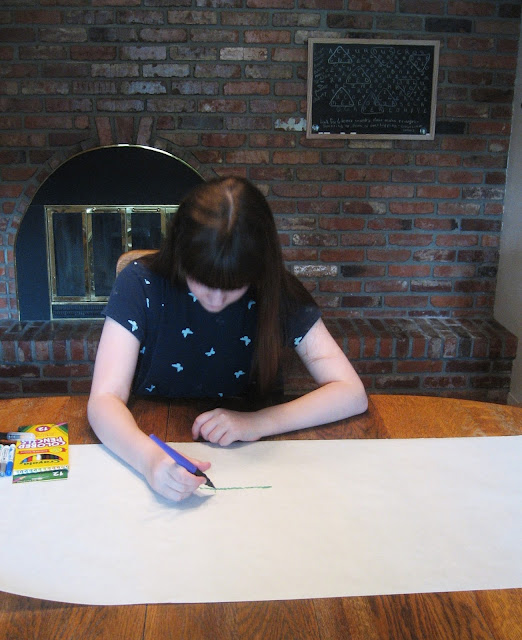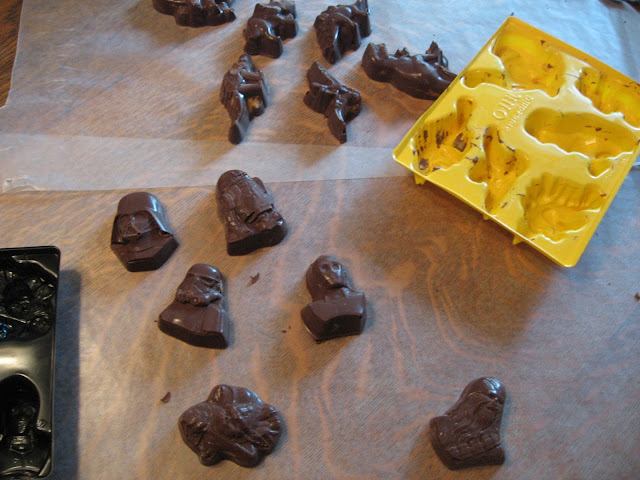The kids all did a double take as we walked through Old Trail Museum in Choteau, MT.
"Mom, does that sign card really say that?"
I can't arch a single eyebrow, but if I could, I would have - "Well, it seems to. I guess we'll...er...I'll have to look that one up, when we get home."
Which I did, very carefully, and it turns out a "bitch light" refers to a piece of twisted rag, soaked in a pan of grease, usually bacon grease, lit for indoor illumination, in the pioneer era, when candles were in short supply, or too expensive to be had. In fact, there were a number of similar, but slightly different grease lamps - the Betty, the Phoebe, the cruise, the button, and the slutt (sometimes written "slut") lamp.
As to the etymology of the word...that seems to be lost to history. Or, it is at least, buried deeper than I am willing to venture with such a search phrase. I imagine it was derived from some German or Dutch and English word combination, and it does seem to have to do with the rag wick which was originally called the now offensive word.
I popped around to a large number of history and antiquing sites to glean this bit of information (too many to name sources here), but if you are curious about the lamps, I would suggest "pioneer grease lamps" as the safest of the search phrases to learn more without learning "more". There are even a number of Little House on the Prairie, Long Winter-inspired, hands on projects for (well supervised) children, out there. We might yet try our hands at making one, but first we have a few more items to check out.
You really never know what you're going to find in a museum (or what it's going to be called).
 |
| "Thunder Bucket" |























































